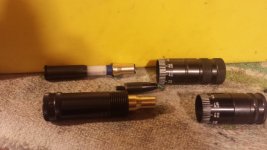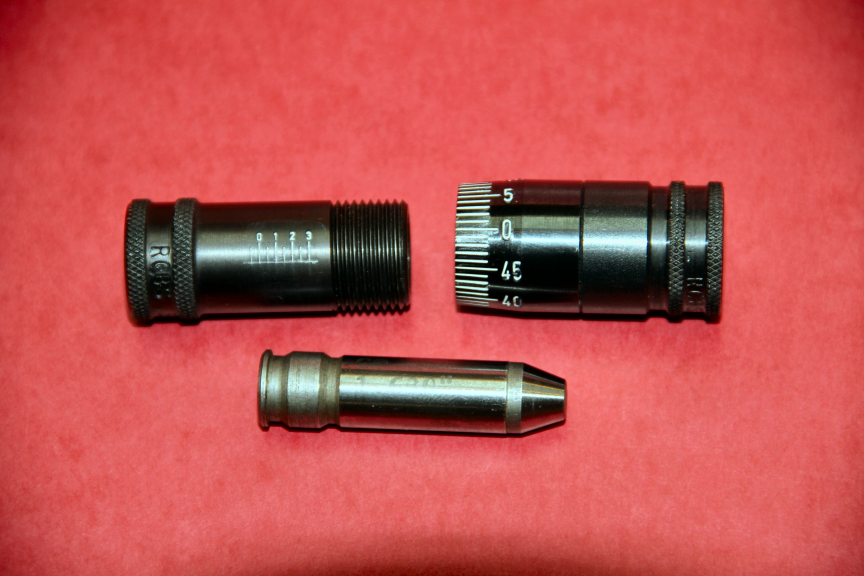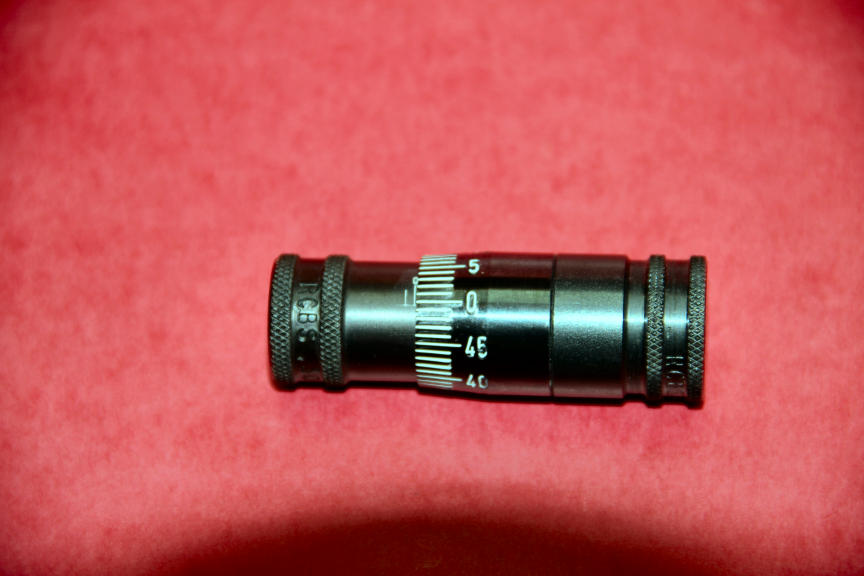Yosemite Steve
New member
I finally got it!
The only thing I don't understand is why it does not include a shoulder piece to measure chamber headspace. The instructions say to fire a factory round and measure it. To me that is not an acceptable way to insure a precise measurement so I made my own shoulder attachment that replaces the ogive piece. It works perfectly.

Now, finally! I can measure the case head to datum in thousandths of an inch reliably. BUt that's not all! I can also measure where the ogive meets the lands AND chamber length.
The federal factory un-fired round is 2.047". My Savage 30-06 chamber is 2.051". My Enfield 30-06 chamber is 2.056". Thanks, Richard for the great deal on the tool! $35 well spent!
The only thing I don't understand is why it does not include a shoulder piece to measure chamber headspace. The instructions say to fire a factory round and measure it. To me that is not an acceptable way to insure a precise measurement so I made my own shoulder attachment that replaces the ogive piece. It works perfectly.
Now, finally! I can measure the case head to datum in thousandths of an inch reliably. BUt that's not all! I can also measure where the ogive meets the lands AND chamber length.
The federal factory un-fired round is 2.047". My Savage 30-06 chamber is 2.051". My Enfield 30-06 chamber is 2.056". Thanks, Richard for the great deal on the tool! $35 well spent!
Attachments
Last edited:



